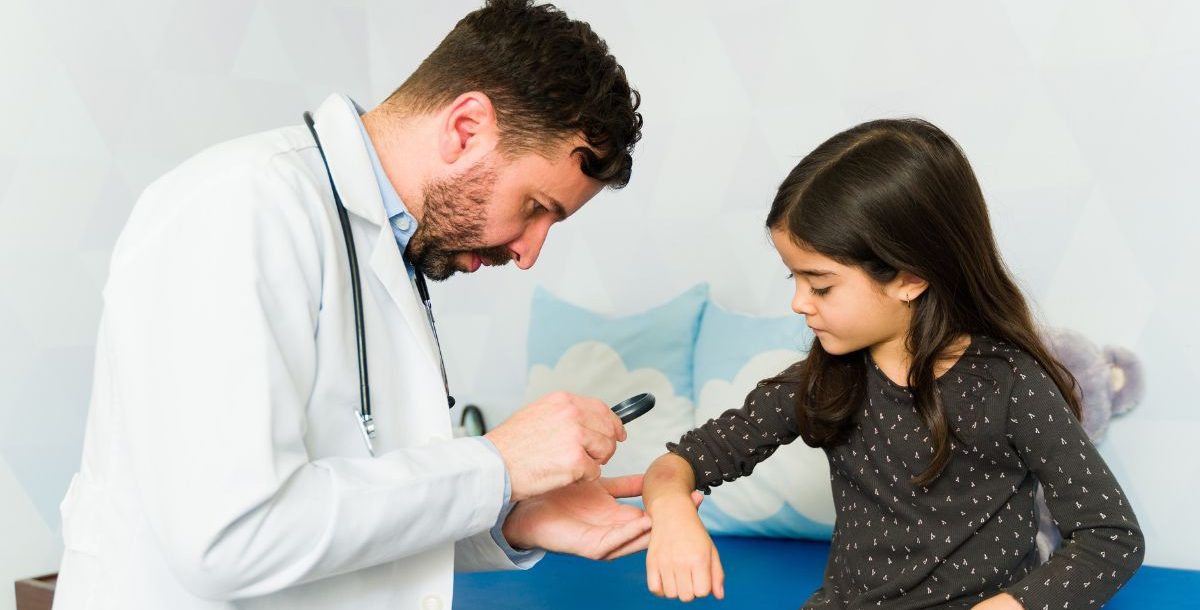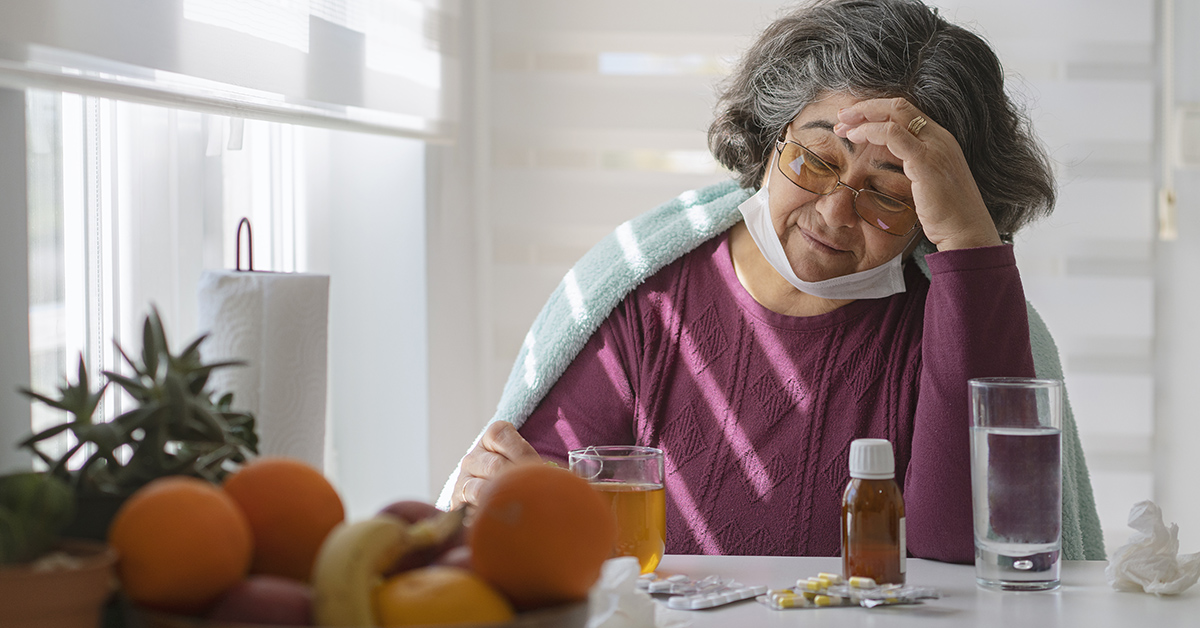Seeing a rash on your child’s skin can be scary, especially when it appears suddenly or spreads quickly. The good news is many skin rashes in kids are harmless and go away on their own, but others may need medical attention.
Knowing what to look for can help you decide when to wait it out and when it’s time to see a doctor. If you need care and your child’s pediatrician isn’t available, visit the nearest urgent care.
Common causes of rashes in children
Kids usually get skin rashes because of their still-developing immune system. Viral infections, an allergic reaction or skin irritation are often causes for rashes in kids. A common rash might include red bumps, raised bumps or patches of dry, flaky skin.
Here are a few common ones to be aware of:
- Prickly heat: Also called heat rash, this appears as tiny red bumps, usually in hot or humid weather. It can appear anywhere on the body, especially in skin folds or under clothing.
- Atopic dermatitis: Also known as eczema, it’s a chronic skin condition that causes itchy, dry patches. It often flares up in response to irritants or allergens.
- Molluscum contagiosum: This causes small, flesh-colored or pink raised bumps with a dimple in the center. It’s a viral infection that spreads easily through skin contact.
Most of these rashes can be managed at home with gentle skin care, keeping the area clean and moisturized and avoiding triggers.
When are rashes more serious?
Sometimes, rashes in kids are more than just a skin irritation. If your child also has a sore throat, fever or seems unwell, it may signal a more serious condition. Watch for the following:
- Slapped cheek syndrome: Sometimes called fifth disease, this condition causes a bright red rash on their cheeks, giving the appearance of being slapped. It’s usually caused by a viral infection and may come with cold-like symptoms.
- Hand foot and mouth disease: This often leads to painful sores on the hands and feet, inside the mouth and sometimes their buttocks. While contagious and can make kids uncomfortable, it usually clears up in a week or so.
- Scarlet fever: A bacterial illness that starts with a sore throat and fever, followed by a red, sandpaper-like rash that spreads across the body. It needs antibiotics to prevent complications.
- A bacterial skin infection: Can begin as a small cut or bug bite that becomes red, warm, swollen and painful. These infections can spread and sometimes require antibiotics.
Signs you should see a doctor
While some skin rashes in kids can go away without treatment, there are certain signs that mean you should go to your doctor or an urgent care. Call your pediatrician if your child has:
- A rash that spreads quickly or covers most of the body
- Blisters, open sores or oozing
- A rash with a high fever or persistent sore throat
- Swelling, pain or warmth that could suggest a bacterial skin infection
- A rash that doesn’t improve with basic care after a few days
- Difficulty breathing or signs of an allergic reaction
Also, trust your instincts. If your child seems unusually tired, irritable or is not eating or drinking well, it’s worth getting them checked out by a provider.
Keeping skin healthy
Good hygiene and skin care can help prevent some rashes. Dress your child in loose, breathable clothing during hot weather to avoid prickly heat. Moisturize regularly if they have atopic dermatitis and avoid known triggers. Teach children not to scratch raised bumps or red bumps, which can lead to infections.
It’s also a good idea to keep your child home from school or daycare if they have a rash that’s itchy, spreading or linked to a viral infection like hand foot and mouth disease. If you’d be upset someone else sent their kid in with those symptoms, it’s a good idea to keep yours home as well.
How we can help
Rashes are a common part of childhood, and many will go away without treatment. Still, it’s important to pay attention to the details. A simple heat rash or atopic dermatitis might need some skin care like a topical medication, but other rashes like scarlet fever, slapped cheek or a bacterial skin infection need prompt medical care.
If you’re ever unsure whether a rash is serious, don’t hesitate to call your child’s health care provider. However, if your child needs a doctor and their pediatrician isn’t available, head to your nearest urgent care.
Learn about the pediatrics and urgent care services we offer at Bon Secours.





